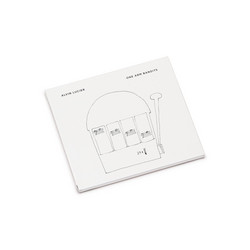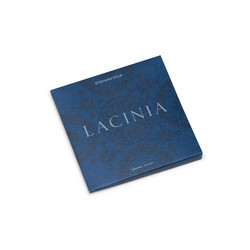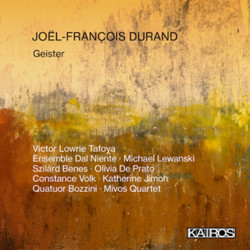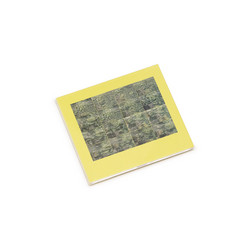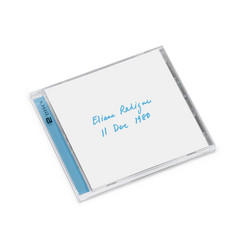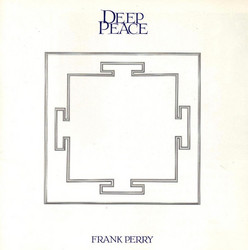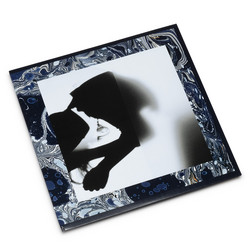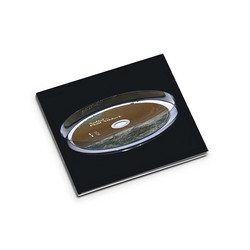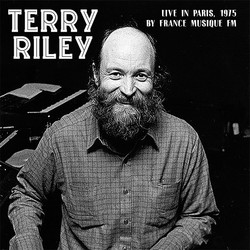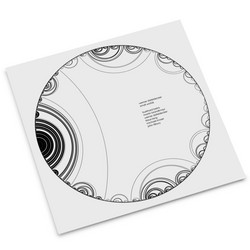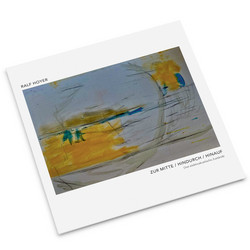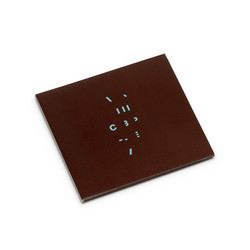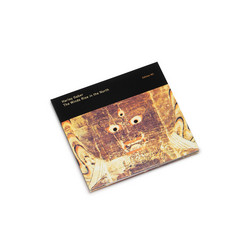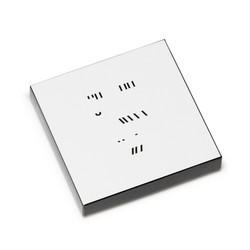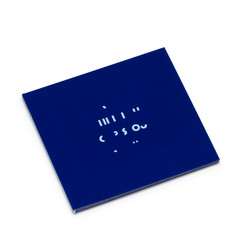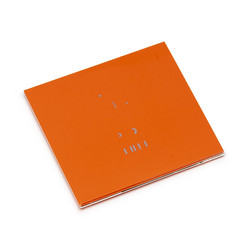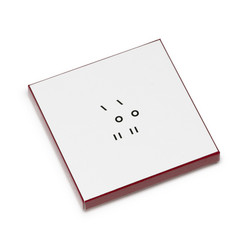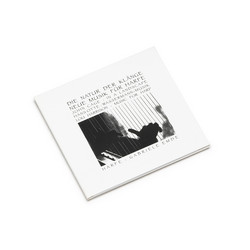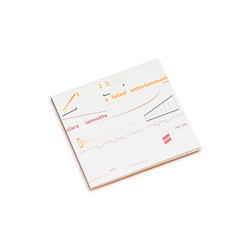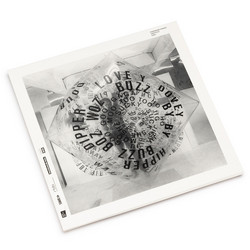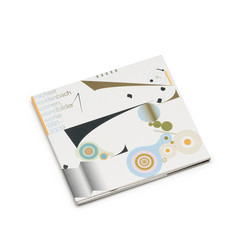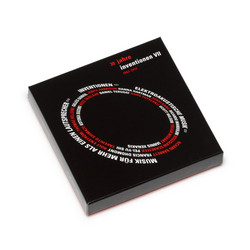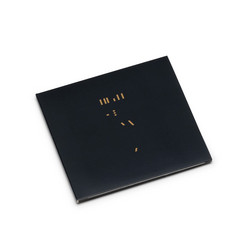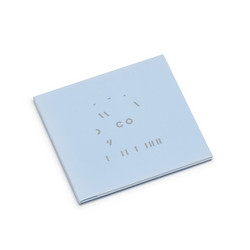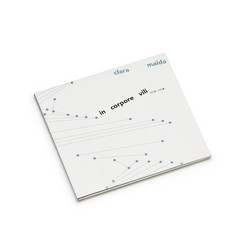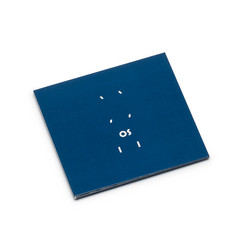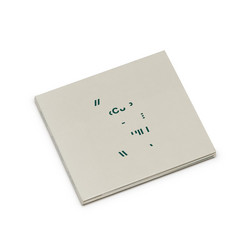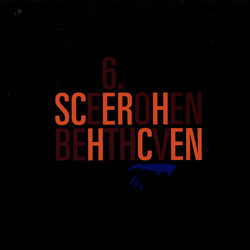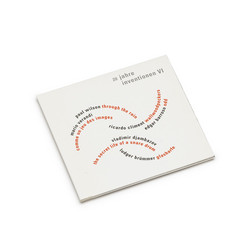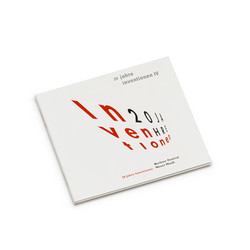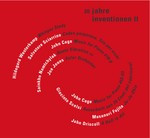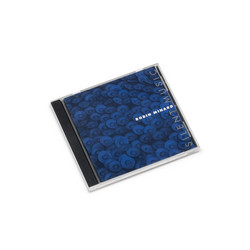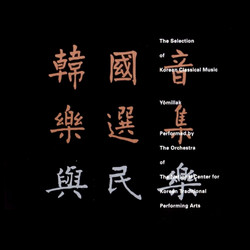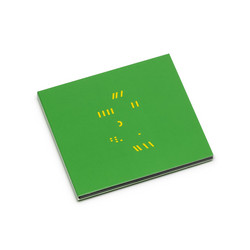Harley Gaber
I Saw My Mother Ascending Mount Fuji
Just over one hour and five minutes, Harley Gaber’s “I Saw My Mother Ascending Mount Fuji” (2009, for Tape and processed Violin and Alto Flute) offers proof of music’s power to transport (the listener) in ways generally associated with film and literature. “Fuji’s” Kaidan-like atmosphere—the Japanese world of ghosts and spirits—unfolds slowly in its process of uncovering and revealing a deeper and different spirit world in what might be termed a spiritual journey: The ascension and transformation of the human spirit into pure energy expressed in the form of both musical and non-musical sounds.
Gaber's mix is exemplary, camouflaging the more obvious canonic procedures of the multitracked violins and placing the flute tones and field recording with remarkable care. The performances are equally superlative: David Gilbert's exquisitely varied vibrato recalls the great shakuhachi master Watazumi Doso, and Cummiskey's intonation and bow control are worthy of Irvine Arditti or Charles Curtis. The resulting 65 minute piece is a tour de force of spectral music, a remarkable journey across 40 years of artistic thought and development. (The Wire)
Throughout the 1960s and 1970s Gaber found his own unique compositional language that combined the intensity and extra-musical framing of certain post war, European Modernism with sparser, more obviously spiritual evocations of Eastern aesthetics as made manifest in such diverse expressions as Haiku poetry, Sumi-e painting, and even martial arts forms.
